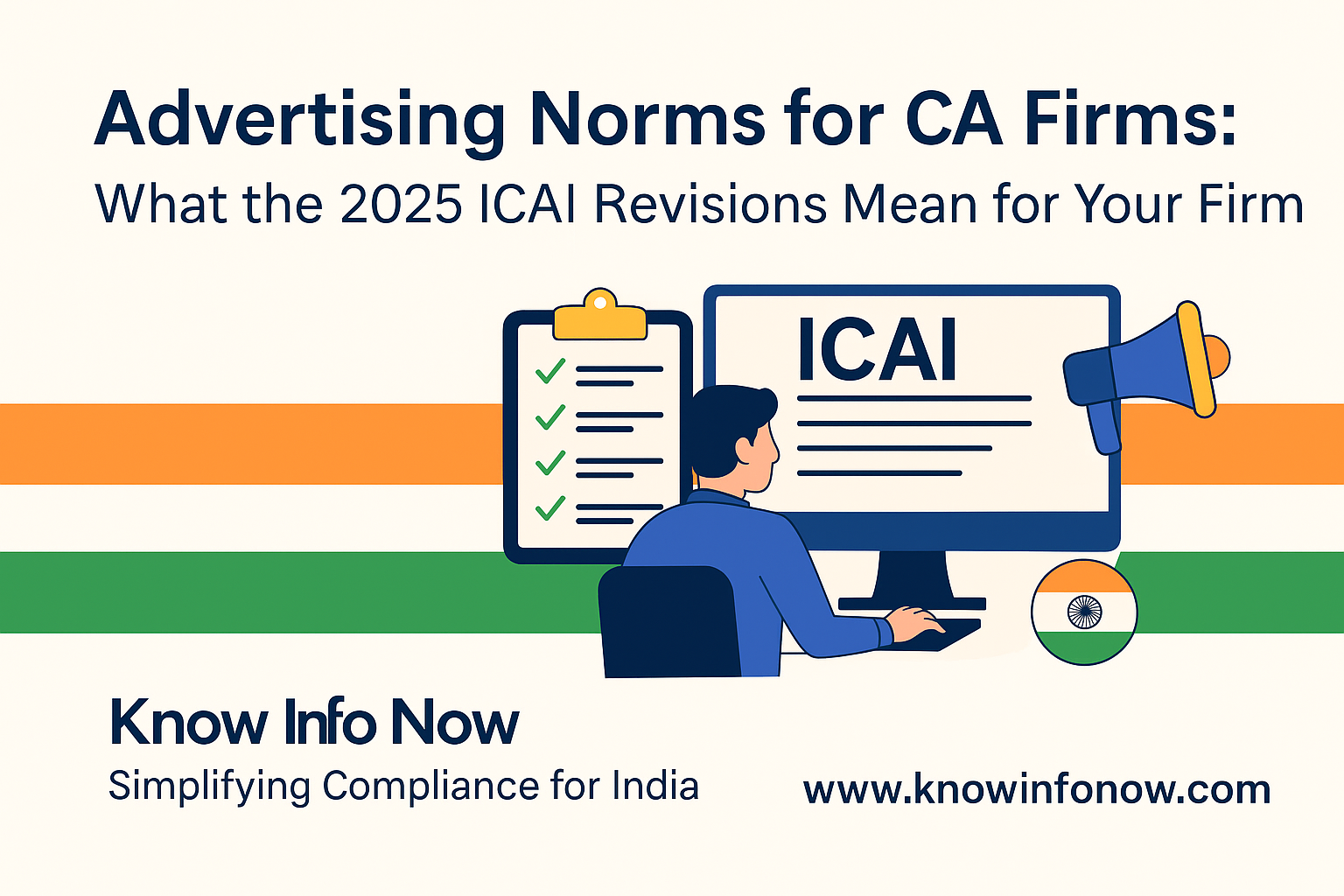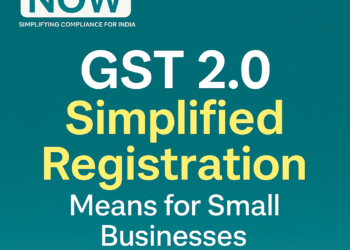Introduction
The rise of the gig economy and freelance work in India has given professionals flexibility and independence. However, freelancers must also take responsibility for managing their taxes, unlike salaried employees where TDS is deducted automatically.
This 2025 guide to Income Tax Filing for Freelancers in India explains the applicable ITR forms, tax slabs, deductions, GST rules, and compliance tips to help you avoid penalties and file smoothly.
Who Qualifies as a Freelancer Under Income Tax Rules?
Freelancers are individuals earning income independently by offering services, not under a fixed salary. This includes:
- Software developers, writers, designers, and marketers
- Consultants, trainers, and legal advisors
- Chartered Accountants and finance professionals
- Bloggers, YouTubers, and influencers
👉 Under the Income Tax Act, freelance earnings fall under Profits and Gains from Business or Profession.
Taxable Income for Freelancers in 2025
Freelancers must declare all income, including:
- Indian client payments (via UPI, bank, PayPal, etc.)
- Foreign income (subject to DTAA rules)
- Affiliate income, royalties, commissions
- Digital product or subscription revenue
Formula: Gross Income – Allowable Expenses = Taxable Income
Which ITR Form Should Freelancers File?
- ITR-3 → If income exceeds ₹50 lakhs.
- ITR-4 (Sugam) → If opting for Presumptive Taxation (Section 44ADA) with turnover up to ₹50 lakhs.
👉 Most freelancers prefer ITR-4 since it allows simplified filing with 50% deemed income.
Freelancers Tax Slabs for 2025
Old Regime:
- Up to ₹2.5 lakhs – Nil
- ₹2.5–₹5 lakhs – 5%
- ₹5–₹10 lakhs – 20%
- Above ₹10 lakhs – 30%
New Regime (Optional):
- Up to ₹3 lakhs – Nil
- ₹3–₹6 lakhs – 5%
- ₹6–₹9 lakhs – 10%
- ₹9–₹12 lakhs – 15%
- ₹12–₹15 lakhs – 20%
- Above ₹15 lakhs – 30%
Deductions & Expenses Freelancers Can Claim
Freelancers can reduce taxes by claiming:
- Laptop, internet, software, office rent
- Travel, marketing, and advertising expenses
- Professional fees (CA, legal, compliance tools)
- Section 80C, 80D, 80E, 80G deductions
GST Rules for Freelancers in 2025
- Mandatory registration if turnover > ₹20 lakhs (₹10 lakhs for special states).
- GST @18% applies to most freelance services.
- ITC available on business expenses.
- Export of services = zero-rated under GST.
Advance Tax for Freelancers
If annual tax liability > ₹10,000, advance tax applies. Payment schedule:
- 15% by June 15
- 45% by September 15
- 75% by December 15
- 100% by March 15
Missing deadlines → interest under Sections 234B & 234C.
Step-by-Step Filing Guide
- Collect invoices, receipts, and statements.
- Compute gross income.
- Deduct business expenses.
- Choose old vs new regime.
- Pay advance tax if required.
- File ITR-3 or ITR-4 via Income Tax Portal.
- E-verify return using Aadhaar OTP or NetBanking.
Common Mistakes to Avoid
- Ignoring foreign earnings
- Missing advance tax deadlines
- Filing with wrong ITR form
- Mixing personal & business expenses
- Not reconciling GST with ITR
Conclusion
Freelancers in India must be extra careful while filing taxes. By maintaining records, using the right ITR form, paying advance tax, and following GST rules, freelancers can file accurately and reduce tax liability in 2025.
At KnowInfoNow.com, we simplify tax laws and bring practical insights for freelancers, CAs, and GST practitioners to stay compliant and financially confident.





















